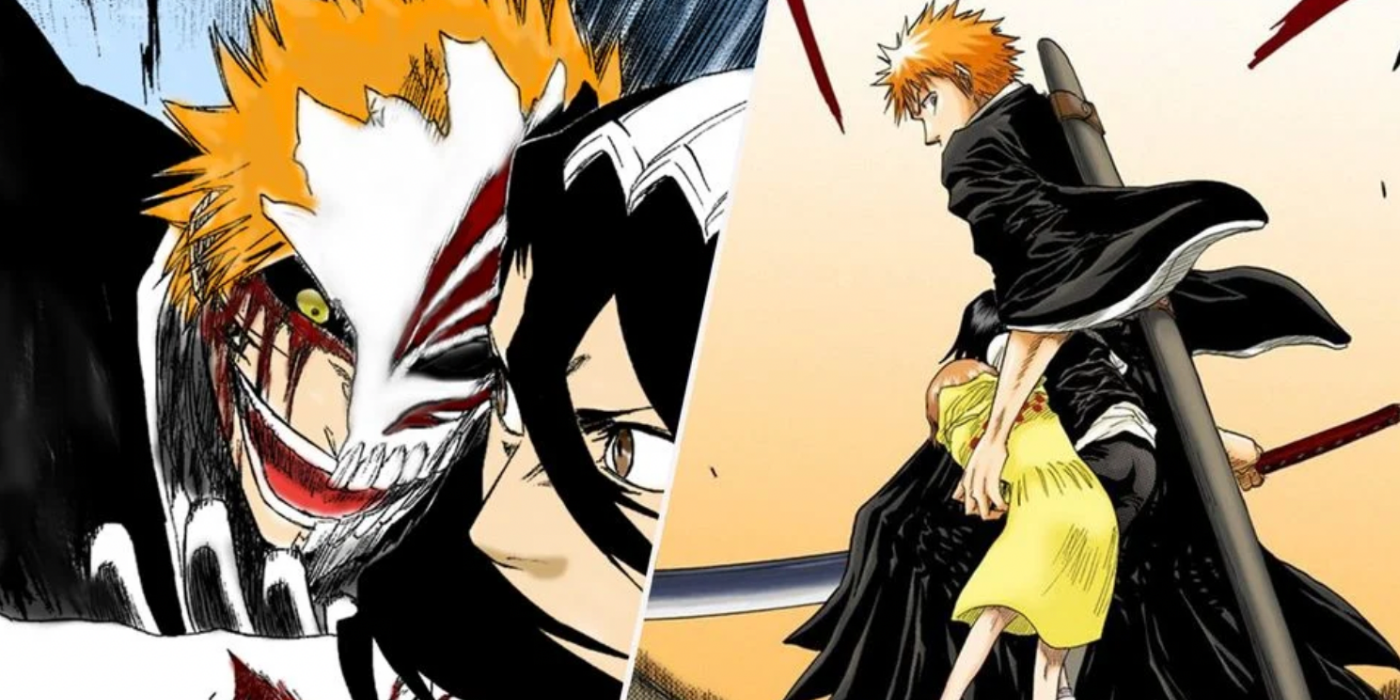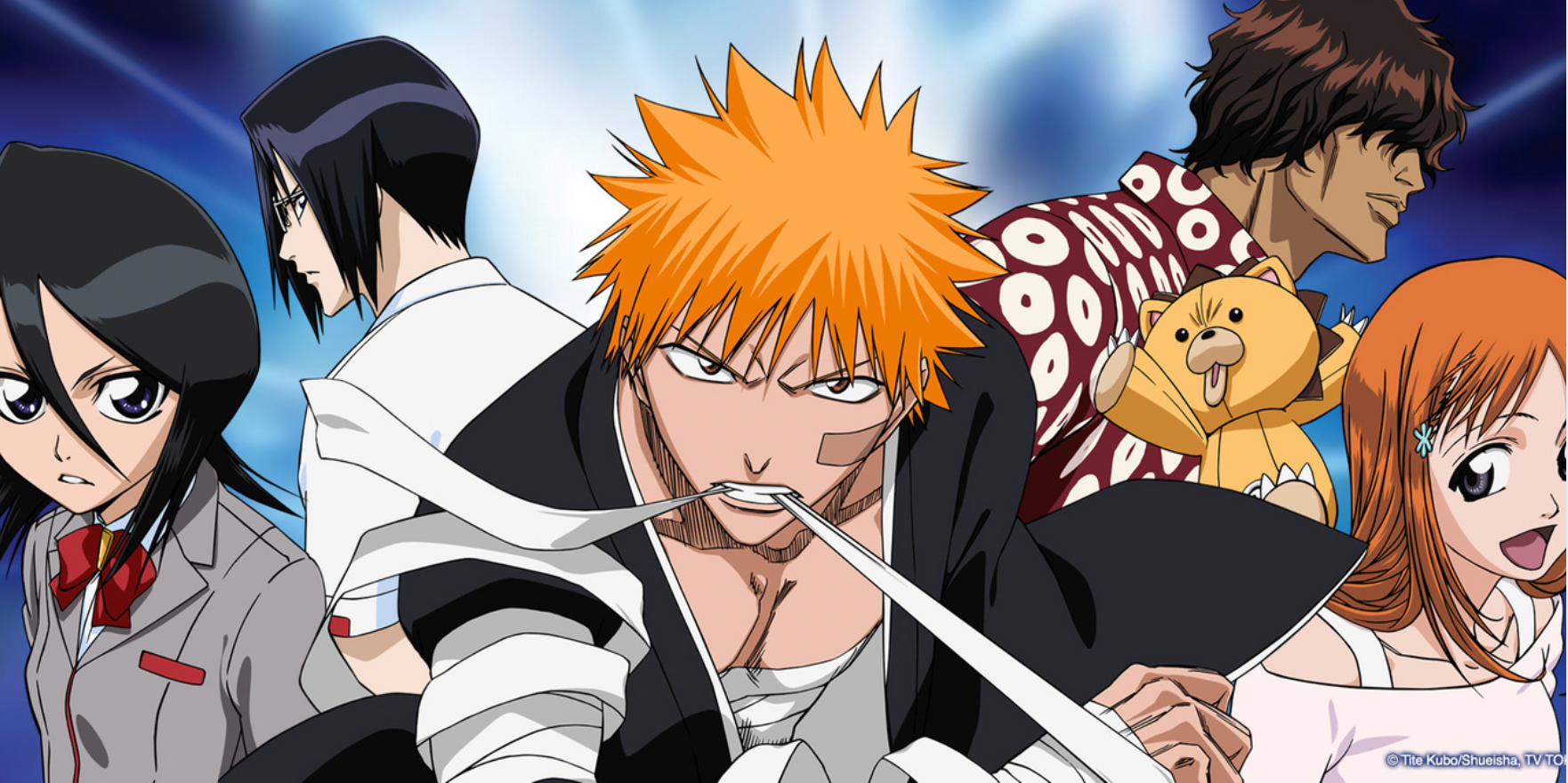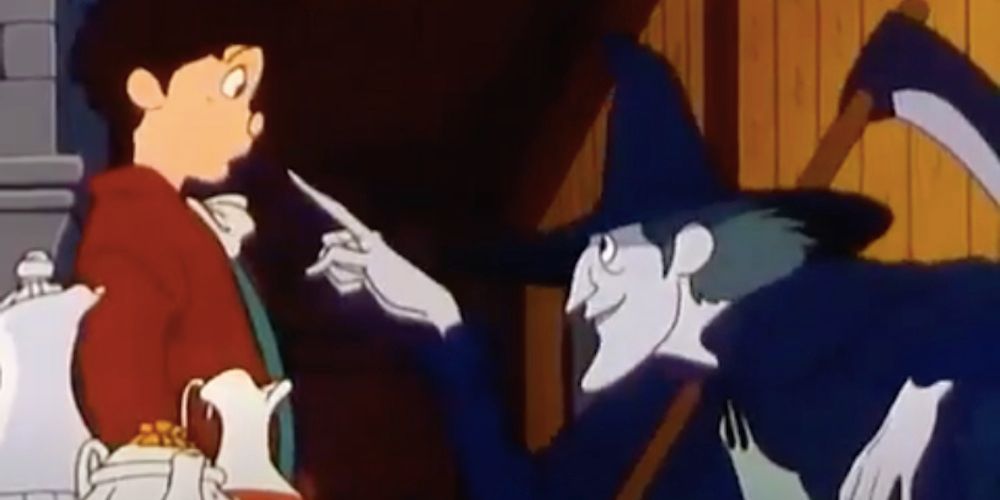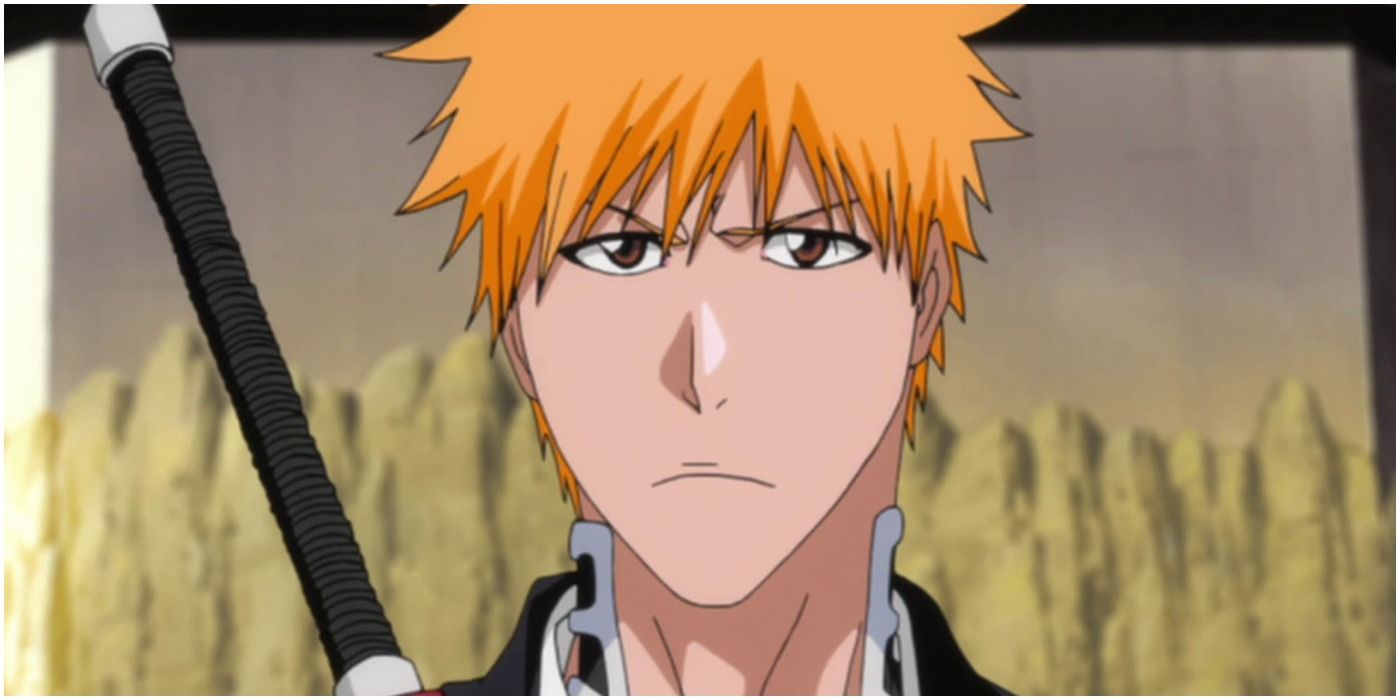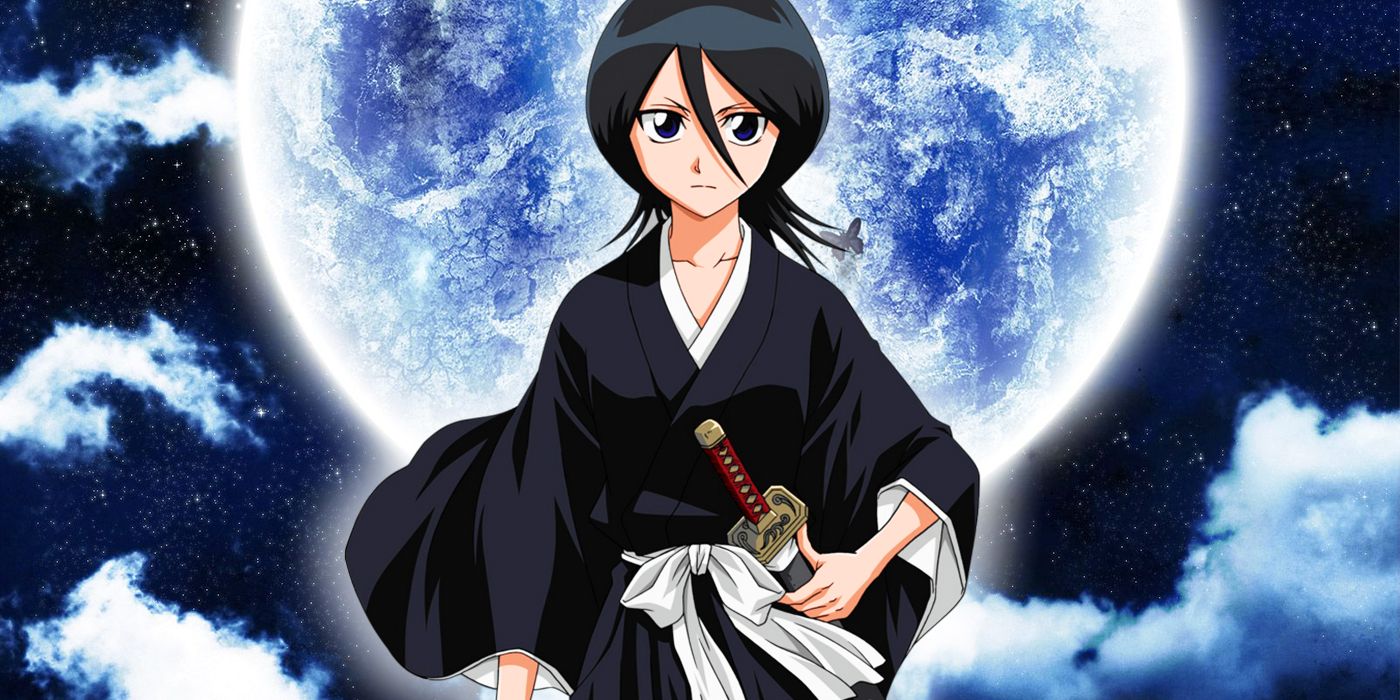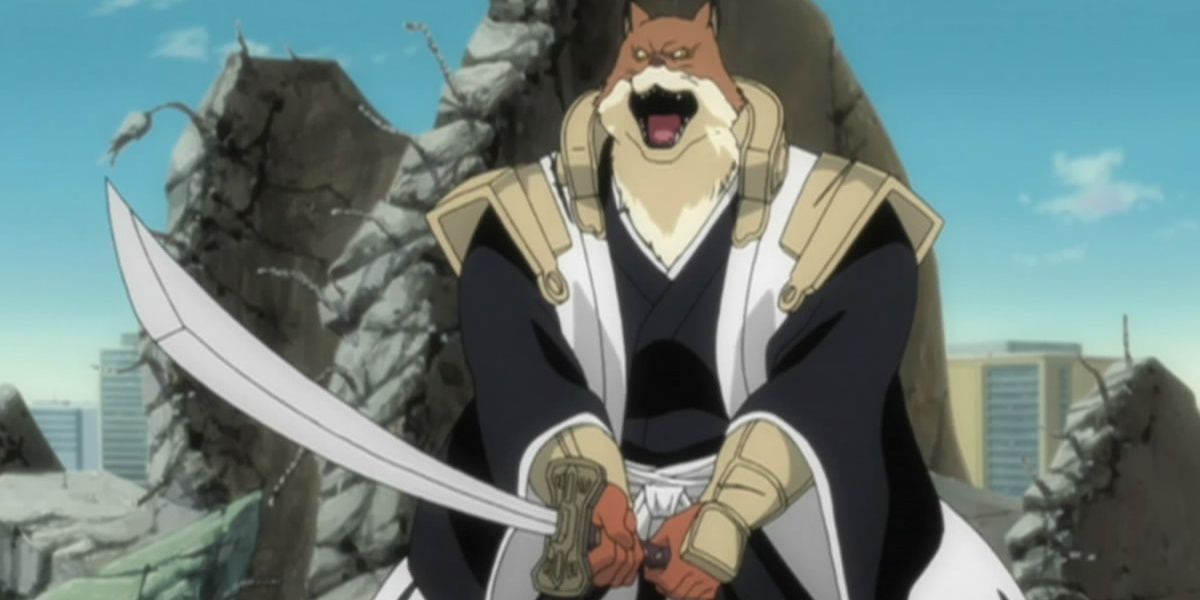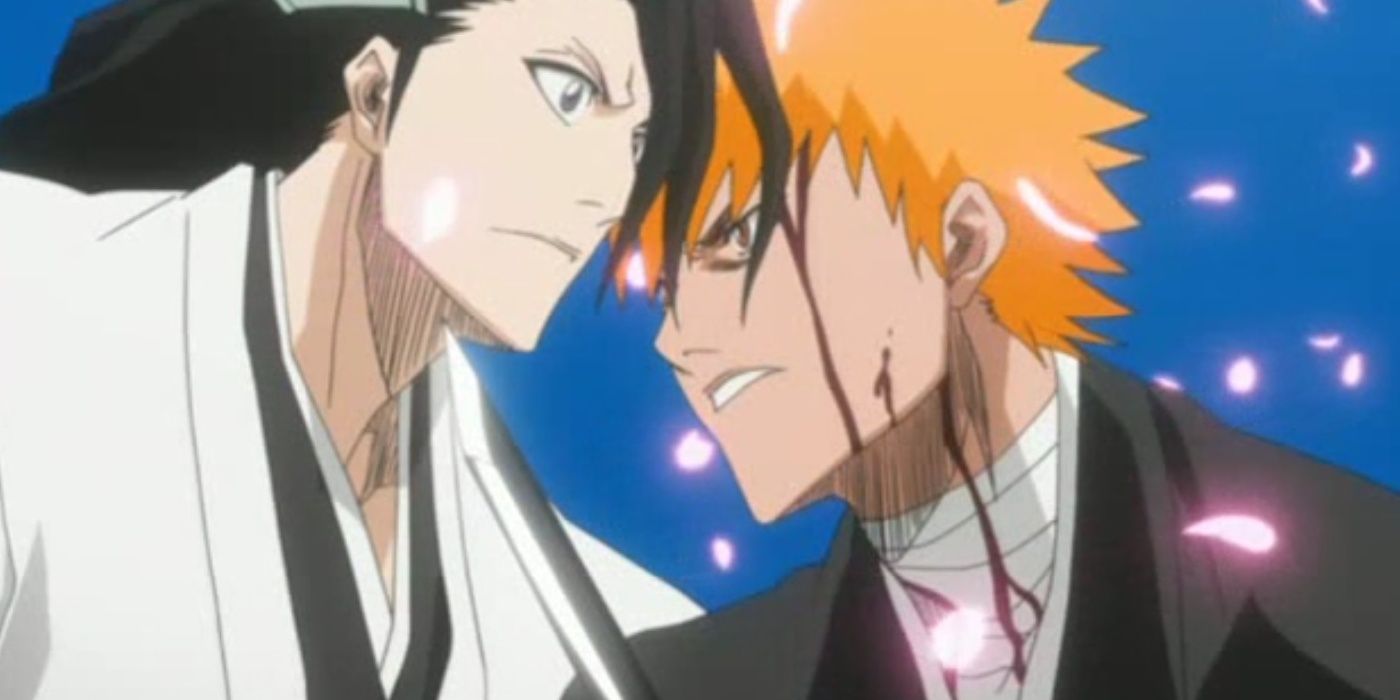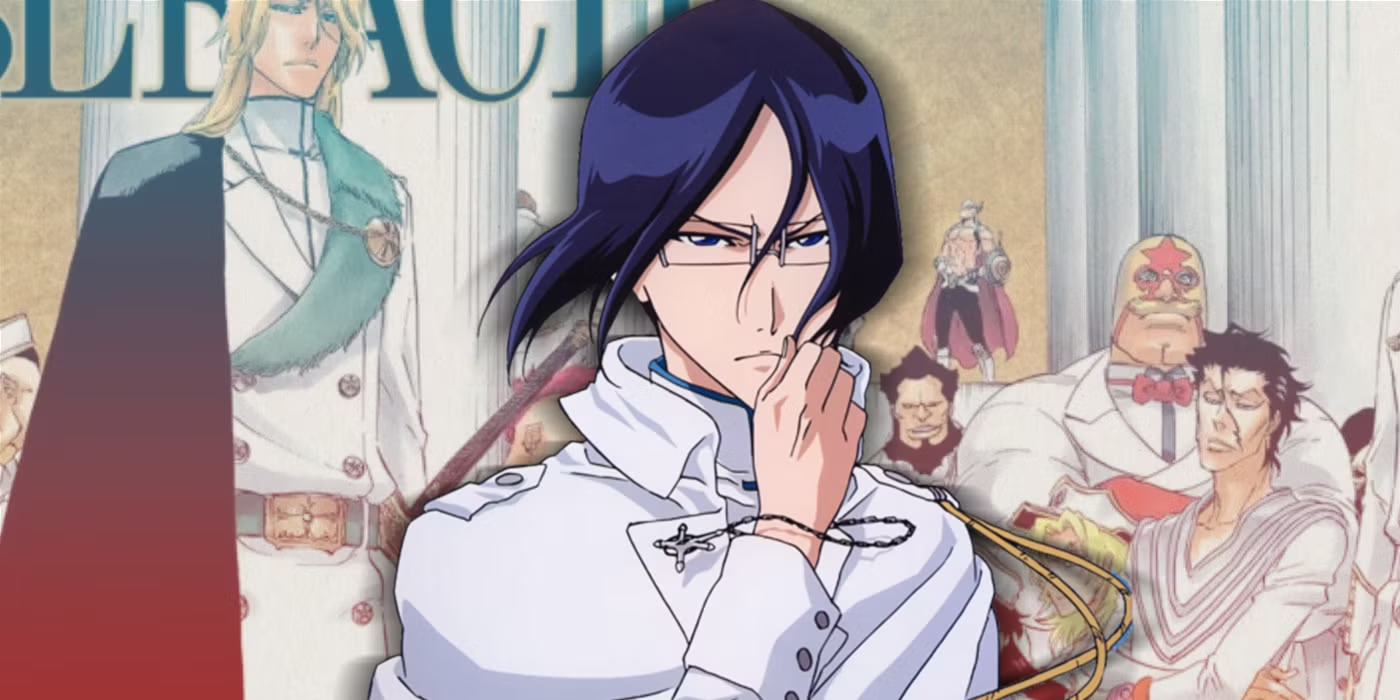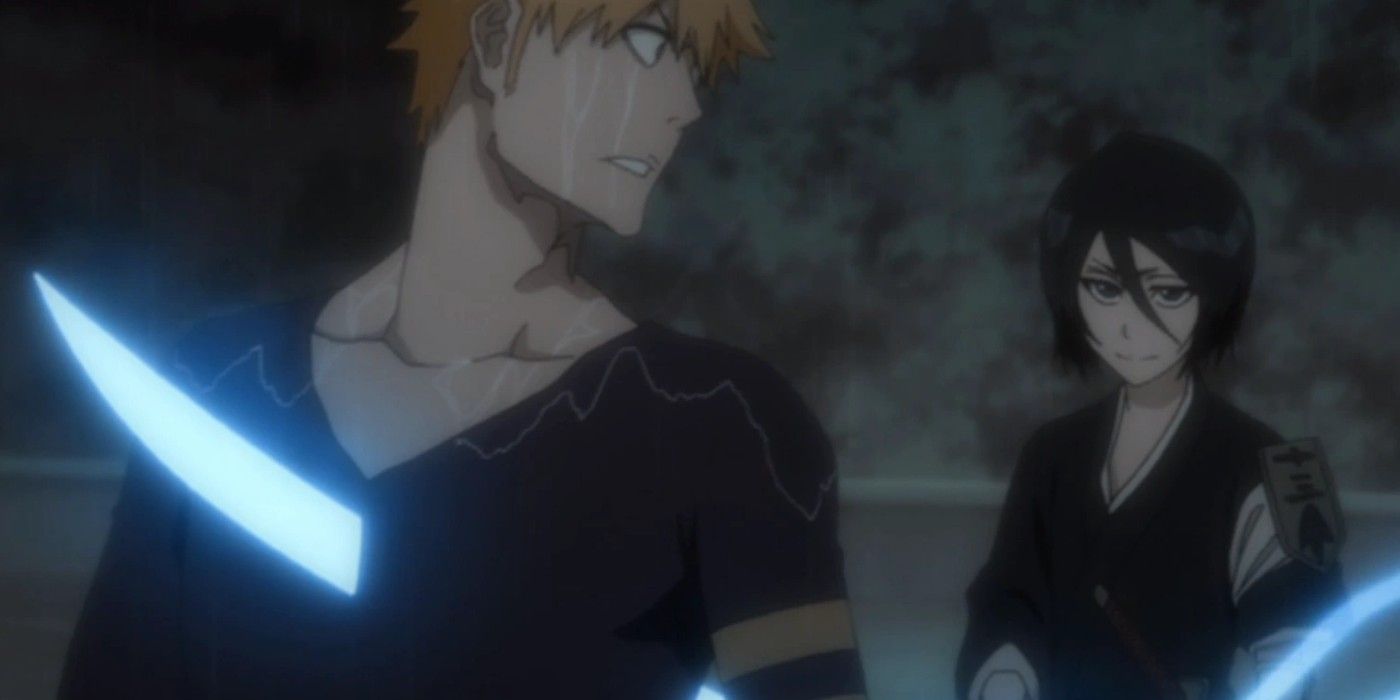The soul reapers of Bleach are a central part of the story, in addition to the worlds of the living and the dead, but they can be a bit complicated to explain, both in the context of the series and their history in Japanese literature, due in part to some aspects about them being lost in translation.
However, as the series goes on, viewers learn more and more about the soul reapers, including what kinds they are, what they are capable of, and even what they have brought about in the past, with audiences getting to learn these things firsthand through Ichigo. And, as mentioned, they also have an interesting history outside the series, including where they surprisingly got their start.
10 They Were Originally Shinigami
In the original Japanese version of the series, the soul reapers were called "shinigami," creatures associated with death from Japanese fiction. Their exact definition has varied over the years, with them serving as psychopomps who help souls enter the afterlife or even being undead humans themselves that prey on the living. As their exact role changes from time to time, their appearance varies from skeletal or corpse-like to looking perfectly human. At times, they get conflated with similar creatures from foreign folklore.
Because of their unique nature, it can be tricky to come up with an English translation of "shinigami." The Viz translation of Bleach went with "soul reapers," which had been approved by creator Tite Kubo, likely as a reference to Death serving as "the Grim Reaper."
9 They Got Their Start in Grimms' Fairy Tales
Although they appear frequently in Japanese anime and manga, shinigami are not actually from traditional Japanese mythology. The word "shinigami" is believed to come from Japanese translations of Western works that feature a personification of death, such as the Grimm Brothers fairy tale, Godfather Death, and the Italian opera, Crispino e la comare, which conflates the figure with a fairy or witch, depending on the translation.
In both stories, a character makes a deal with the figure to become a rich doctor, only for the protagonist to grow arrogant. In the fairy tale, when the hero tries to save a princess from death in the hopes of marrying her, he pays with his life. Death's counterpart in the opera is a bit more merciful, allowing the hero to repent the error of his ways. The fairy tale is also known for inspiring the Japanese rakugo comedy, "Shinigami no hanashi," or "Story Of The Shinigami."
8 Soul Reapers Can Be Born Or Made
In Bleach, soul reapers are unearthly beings that live in a world parallel to the living world and take the souls of the dead to the Soul Society. They are normally invisible to regular humans but can be seen among those with strong spiritual powers. As they are spiritual beings, it's possible for souls to train to become soul reapers, but aristocratic soul reapers tend to be born in the spirit world as spirits.
Soul reapers can reproduce with humans, as the protagonist Ichigo and his sisters are the children of a shinigami father and a human mother. While it's believed that they are not the first such children born to such a pair, very little information is known about their predecessors, suggesting it is still a rare occurrence.
7 They Can Also Have Substitutes
There's also such a thing as a substitute soul reaper. The success rate at becoming a substitute soul reaper is low and the powers obtained usually are still limited and temporary. Added to this, granting a soul reaper's powers to a human is also officially prohibited by Soul Society.
When a human does become a soul reaper, as in the case of Ichigo, who initially gained a share of Rukia Kuchiki's power, it is usually required for them to leave their bodies with the help of soul candy or some other special device, similar to astral projections, although the soul reaper's body needs to be taken care in the periods when the soul has left it. Because a body is effectively dead without a soul, substitutes may often allow another spirit to take temporary possession of their body, as Kon often takes over Ichigo's body.
6 They Have Three Main Duties (& Get Paid)
Generally, the role of a soul reaper, at least in the Bleach universe, can be divided into three main roles, at least in connexion to the human worlds: Soul Burial, Soul Governance, and Hollow Cleansing. Interestingly, they seem to earn a salary for their work and can even earn bounties for their work with Hollows.
"Soul Burial," also known as "Soul Funeral," involves bringing souls to the spirit world, including sending evil souls to Hell. "Soul Governance" involves regulating the flow of spirit-related activity within the Human World and the Spirit World. "Hollow Cleansing" involves cleansing the sins of wandering spirits known as "Hollows."
5 They Have All Kinds Of Powers & Abilities
For starters, soul reapers tend to age better than humans and can live for thousands of years. They also tend to survive injuries that would kill a normal human, but they still can be mortally wounded.
They also tend to have great spiritual powers, although this comes at an interesting cost: unlike other spirits, they need to eat. They can cast powerful "Kidō" spells for both direct attacks and support. In addition to this, they are also known for using supernatural Zanpakutō swords, which they usually keep on their person.
4 They Don't Necessarily Look Human
As mentioned, soul reapers can have different appearances in fiction and this is just as true in the world of Bleach. Some of them look perfectly human, but others have a variety of appearance variations, with some even resembling animals.
One notable example of the latter is Sajin Komamura, who resembles a wolf. He's also over 9 feet tall and weighs over 600 pounds, making him gigantic compared to the average human.
3 They Tend To Prefer Black
One trademark of the soul reaper is the "Shihakushō," a black kimono, usually paired with a white undergarment. Some personalization is allowed, from wearing scarves or shortening sleeves.
The black uniform helps to contrast them with the Quincies, who favor white. As the soul reapers tend to be on the side of the protagonist, this effectively serves as a subversion of associating light with good and dark with evil, at least to the audiences' perspective.
2 They Have A Beef With The Quincies
For thousands of years, the soul reapers have been rivals with the Quincies. The main source of conflict is the fact that they disagree on what to do with the Hollows. As mentioned, soul reapers prefer to cleanse them of their sins, although they are not against punishing them for sins committed in life. The Quincies would rather just kill them.
While the soul reapers' point-of-view is usually given the benefit of the audience's perspective, the Quincies are not entirely vilified, as the soul reapers have been shown to underestimate the Hollows, but the Quincies' actions have also been shown to be a threat to existence itself, although they themselves fear death.
1 They're To Blame For Everything
The anime has a tendency to add villains who turned evil due to the machinations of the Soul Society, such as the Dark Ones, Captain Amagai, and Kusaka. While this could initially just be blamed on the changes in the adaptation, the manga would reveal its incarnation of the soul reapers also had some blood on their hands, too.
According to the manga, the soul reapers sealed away the Soul King, effectively creating different worlds, and being the reason people can die and become Hollows, to begin with. Naturally, this also created the conflict with the Quincies.

